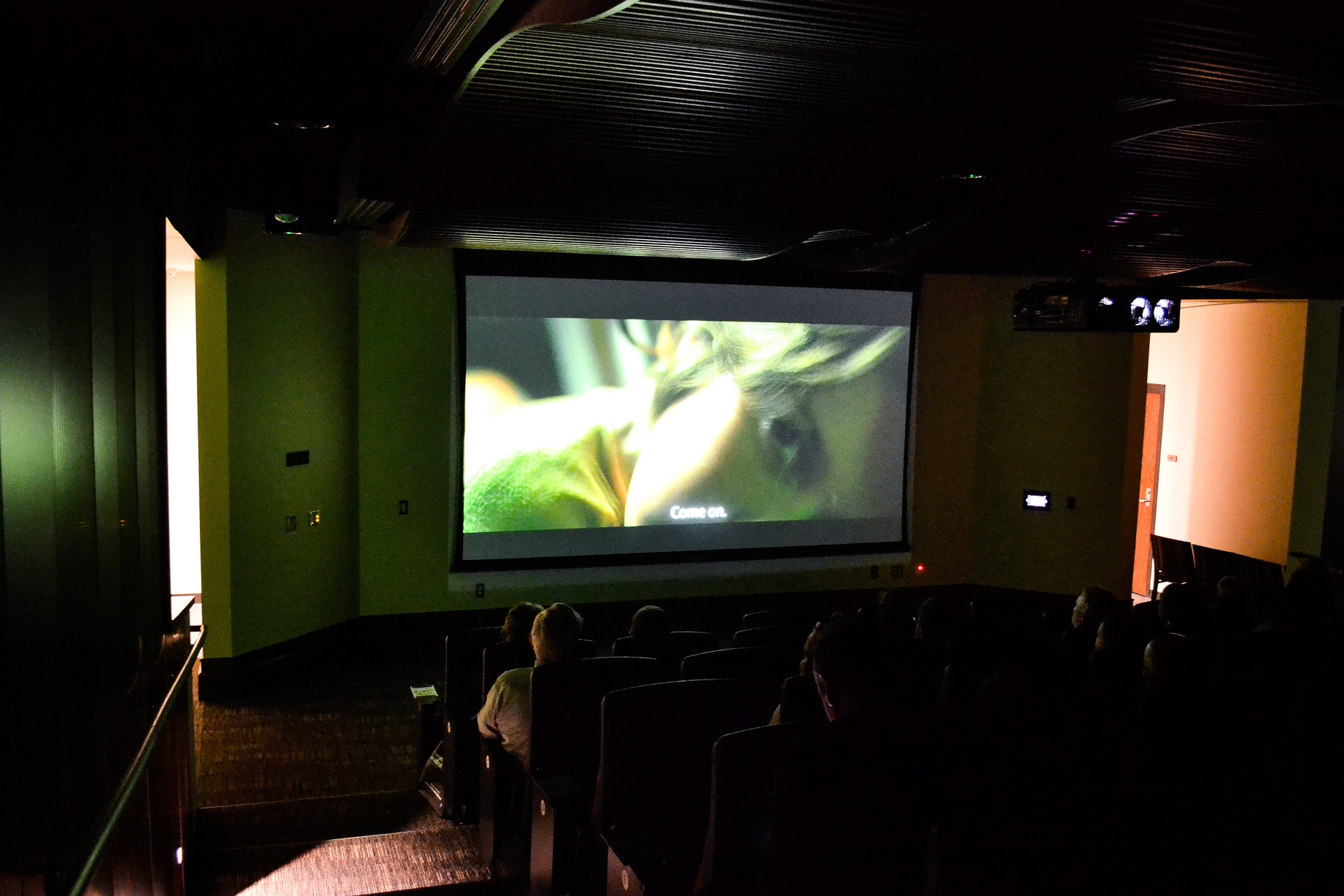
Besides talking to anyone and everyone, how do students and amateur filmmakers promote their short films? Mary Melrose looks at the options available.
To start promoting your film, you need a place in which all the information about your movie, including where it can be viewed, cast/crew info, and the premise of the film, can be found. Creating your own website is a great way to include all of this information, but don’t worry, it doesn’t have to be flashy – the best websites are simple and there are plenty of free templates and website creators out there if you don’t have the technical skills to put it together (eg. Wix, Weebly). The more original and creative the site, the more an audience will remember your film.
An innovative idea that is often overlooked, is the concept of keeping a process journal about the making of the film and posting it online. People love reading someone’s journey, and many students and amateur filmmakers will feel empowered to do something similar by seeing your process. 2015 is a digital age, and the more quality content you can post online, the more it’s likely to be shared and seen via social networking sites. The journal could be under a news/updates tab, which will keep the site current and set it apart from others by offering ‘behind the scenes’ tidbits.
Another important aspect to include is a way to capture your audiences’ email addresses. By using an RSS feed you can automatically keep your audience every time you create a new post on your site. This helps to makes your fan base traceable – useful for future marketing!
As well as a website, creating a Facebook fan page and Twitter account is essential. This use of social networking creates an open online discussion and it is a great way of interacting with your network. The best marketing connects the audience with the material – content is king when it comes to social media! Good content, posted frequently, will win in the end.
Also sites like YouTube or Vimeo allow the audience to come face to face with movie makers. You may have behind the scenes footage, and cast or crew blogs about the production process. The average attention span of a viewer is less than 2 minutes – not only do people tend to avoid reading more than 500 word articles, but also any video longer than 2 minutes.
Release teasers to encourage discussion about your film. Once you have done this, release your trailer around a week later. This will allow enough time between the two without the audience forgetting the project. Make sure that your trailer is short, and does not give away the whole plot! The idea in a trailer is to intrigue the audience.
A common method of promotion is film festivals. There are a range of festivals all over the world covering a variety of genres. If your film is accepted to a festival, try to find out who is going who will be attended, and if possible, try to send out emails with your press release and the link to your website to any relevant contacts. This will hopefully grab their attention and make sure they turn up for your screening. Also, remember to post on your website and social media if your film is being screened anywhere.
Not only are there physical film festivals, there are also online film sites. Some sites have your film online indefinitely, whilst some will only feature it for a limited time. Either way, the more places that your film can be seen, the better.
Ultimately, thinking outside the box gets the greatest results. If everything goes to plan, you’ll have a body of work and a fan base, which will only make it easier when promoting your next film.